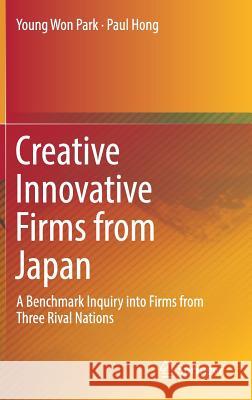Creative Innovative Firms from Japan: A Benchmark Inquiry Into Firms from Three Rival Nations » książka
topmenu
Creative Innovative Firms from Japan: A Benchmark Inquiry Into Firms from Three Rival Nations
ISBN-13: 9789811316807 / Angielski / Twarda / 2019 / 142 str.
Creative Innovative Firms from Japan: A Benchmark Inquiry Into Firms from Three Rival Nations
ISBN-13: 9789811316807 / Angielski / Twarda / 2019 / 142 str.
cena 523,30
(netto: 498,38 VAT: 5%)
Najniższa cena z 30 dni: 462,63
(netto: 498,38 VAT: 5%)
Najniższa cena z 30 dni: 462,63
Termin realizacji zamówienia:
ok. 22 dni roboczych
Dostawa w 2026 r.
ok. 22 dni roboczych
Dostawa w 2026 r.
Darmowa dostawa!
Kategorie:
Kategorie BISAC:
Wydawca:
Springer
Język:
Angielski
ISBN-13:
9789811316807
Rok wydania:
2019
Wydanie:
2019
Ilość stron:
142
Waga:
0.41 kg
Wymiary:
23.5 x 15.5
Oprawa:
Twarda
Wolumenów:
01
Dodatkowe informacje:
Wydanie ilustrowane











